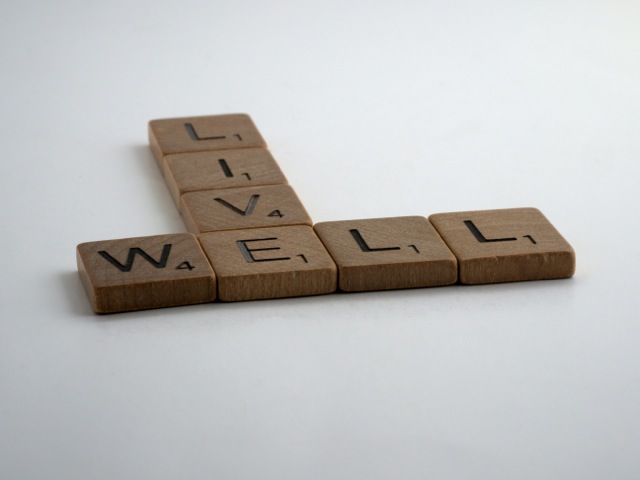Do your daily activities cause you pain? Let’s take a look at what that might mean. Time spent standing, sitting and even sleeping can be causing you pain. It’s the cumulative hours you spend in these positions that can lead to prolonged damage to both your muscles and fascia.
If you go to a professional who works in the field of corrective exercise, you’ll get help alleviating some of the problems caused by improper seated, standing, and sleeping postures. But there are also some simple adjustments you can make yourself.
Sitting:
Your body is designed to be upright and weight bearing on two feet, with your hips, torso, and head in good alignment. We spend way too much time sitting!
Get out of your chair several times a day. This helps keep your hips, legs, and spine extended. If you can, convert your work space into a standing desk or walk instead of always driving places.
Change chairs and positions often or alternate between sitting and standing when you work.
I’ve mentioned before that I work mostly standing up and use a counter as a workspace. I also have two different chairs I sit on when I read or write but mostly I sit on the floor. As I write this I am sitting on the floor!
Standing:
Sitting too much can weaken your arches. When this happens, your feet are less able to accept your body weight and your arches collapse. Notice if you often shift from side to side when you stand. You are trying to redistribute your body weight and get
more comfortable.
Besides examining your shoe choices (which is a big topic that we’ll cover in another newsletter) eliminate, or at least reduce, the time your spend in high heels.
Pay attention to your upper-body position when standing. Do you cross your arms, talk on a cell phone a lot, carry a bag on one shoulder or constantly have your hands in your pockets?
All of these will over time create tight muscles and fascia. Paying attention to how you stand is the first step.
Sleeping:
If you have chronic tightness or muscular imbalances from sitting too much or standing with poor posture, sleeping is often uncomfortable too. Adopting better sleeping positions will help reduce pain.
Sleep on your back. Make sure your bed is firm enough so that neither your lower back or thoracic spine sinks into the mattress. Sometimes putting a wedge or pillow under your knees makes you more comfortable. Start off in this position for just a
few minutes each night and gradually increase the amount of time you spend like this. As your spine adjusts, the use of the pillow can be reduced.
Choose a pillow that supports your head so that your eyes are in a position perpendicular to the ceiling. And make sure your pillow thickness doesn’t push your head too far forward.
If you sleep on your side, place a pillow between your knees. This keeps your knees in line with your hip socket.
Avoid sleeping on your stomach. That over arches your lower back and puts too much twist on your neck.
We all have to sit, stand, and sleep so it’s important to do them in ways that don’t cause PAIN! Make sure to check your daily activities and pain levels and adjust them to stay pain-free.
If you feel stuck and need additional support to adopt a new healthy habit or routine, consider working with me. We can partner up in setting goals, drawing on your skills and strengths, and implementing strategies to help you find your way to lasting healthy success.
Related Articles:
- Is Intermittent Fasting For You?
- Beware of These 5 Mental Mistakes
- Five Ways to Unlock Your Fountain of Youth
- Why Sugar is Bad for Your Brain
For over 15 years, Shelli has been a freelance writer and wellness habit coach. She writes about brain fitness, creating a healthy lifestyle, traveling the world, and making positive habits stick. Stop procrastinating! Take action, join her free newsletter.

Comments are closed.